Threats
- Homepage
- Pages
- The Griffon Vulture
- Threats
Threats
Poisoning
Although illegal under national and EU legislation, the use of poison baits in the countryside is a widespread and insidious problem in Cyprus. Deliberate poisoning has been documented as one of the most severe factors threatening wildlife and biodiversity conservation in Europe and it is the leading cause of the rapid decrease of the Griffon Vulture population in Cyprus since the 1950s. Poison baits are a vicious killer not only for Griffon Vultures but also for a wide range of other protected species, including other birds of prey (e.g. Bonelli’s Eagles, Long-legged Buzzards and Common Buzzards) and other wildlife. The use of poisoned-baits is a mass-killing and indiscriminate method as it might kill a large number of animals of different species in a brief period of time and without any possibility of quantitative control. Two other vulture species are vulnerable to poison bait use; the Egyptian vulture (Neophron percnopterus) and the Cinereous Vulture (Aegypius monachus). The first one is only a rare migrant visitor in Cyprus, while the latter used to live on the island and went extinct during the 1950s as a result of poisoning.
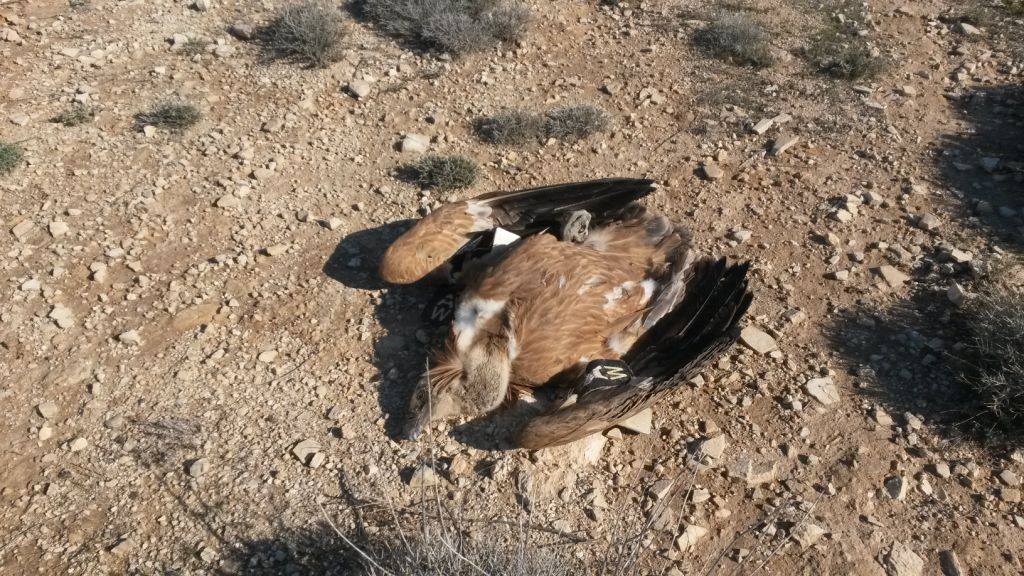
Poison baits are mostly used to control predators, protect game areas and harvesting as well as a mean to resolve human-human conflict (i.e. prevent hunting from certain areas). Vultures, although not the target, are the most susceptible to fall victim poisoning due to their obligate scavenging and social feeding behavior which means that large numbers can be poisoned at a single laced carrion (Ogada et al. 2011). Particularly, a mass poisoning incident occurred between November 2015 and March 2016 where at least 8 Griffon Vultures were found dead due to placement of poison baits in the area of Paramali River, near Sterakovou village. Incidents like this that also occur in key Natura 2000 sites crucial for the species’ protection have the potential to wipe out the entire Griffon Vulture population in Cyprus.
One of the main difficulties that arise when aiming at tackling this main threat is finding the poisoned baits scattered throughout a large territory and retrieve them from the countryside at an early stage to prevent further wildlife losses through secondary poisoning. Furthermore, the inability to find those responsible for such events through criminological and toxicological analyses as well as prosecuting them judicially suggests that there is absolute impunity for such kinds of crime on the island. However, the LIFE with Vultures project aims at addressing this threat on multiple levels, read more here to learn how.
Threats
Electrocution and collisions with electricity wires
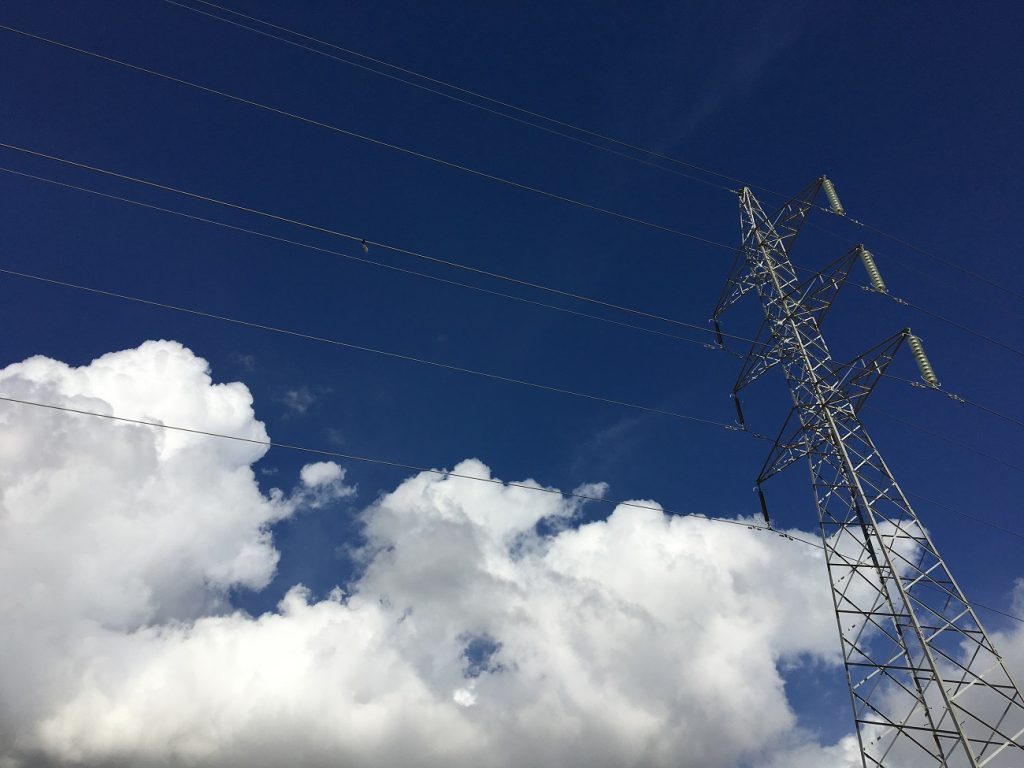
Although only a single vulture probable collision incident with electricity wires has been recorded on the island so far (in December 2018), collisions are considered a main threat that has the potential to negatively affect the Griffon’s population recovery and conservation. Even the death of a single individual with the current population status is a significant loss. In fact, overhead electricity wires are a major factor of non-natural mortality of birds throughout the world (Jenkins et al. 2010). An estimation of 64 million birds of various species are killed annually in the United States through collisions on power lines (Loss et al. 2014). Mortality from power lines is considered one of the leading factors responsible for the dramatic decline in numbers and range of habitat for two protected vulture species in South Africa; the Endangered Cape Vulture (Gyps coprotheres), and the Critically Endangered African White backed Vulture (G. africanus). Population modelling studies (e.g. Boshoff et al. 2011), have shown that in areas with high density of power lines populations of Cape Vultures are likely to be completely exterminated, within a period of 20-35 years.
Considering these figures of mortality in other countries with larger densities of vultures, it is highly possible that with the bolstering of the population at later stages of the LIFE with Vultures project, the area of overlap between the vultures’ range and the power lines will subsequently increase. Consequently, it is expected that with the increase of the Griffon Vulture population through the release of inexperienced and foreign to this island individuals from Spain, collisions and/or electrocutions will likely increase.
Threats
Food shortage
As the agriculture’s management system was changing in Cyprus, with livestock breeders being obliged to take livestock carcasses to specifically designed processing plants for disposal (EU Animal By-products Regulation; CE 1774/2002), continuously less and less carrion was left for vultures in the countryside. The number of free-range sheep and goats grazing has seen a significant decline, while housing and stall-feeding of livestock has increased. Additionally, a large decrease in the population and use of working animals such as the Cyprus donkeys contributed to this lack of food. These factors combined with the extensive use of poison baits on the island leads to a deadlock for the Griffon Vulture, with safe food sources for the species being very limited.
There are currently four vulture feeding stations in Cyprus, and all of them are found in four key Natura 2000 sites which have been identified as highly important for the conservation of the species. These are Limnatis Valley, Paramali River, Ha Potami River and Xeros River SPAs. The “restaurants” are vital for the survival of the species as they provide safe, healthy (tested by the Veterinary Services) and regular food at a significant portion of the species current feeding range on the island.
Increasing food availability can also increase the survival rates of the species.
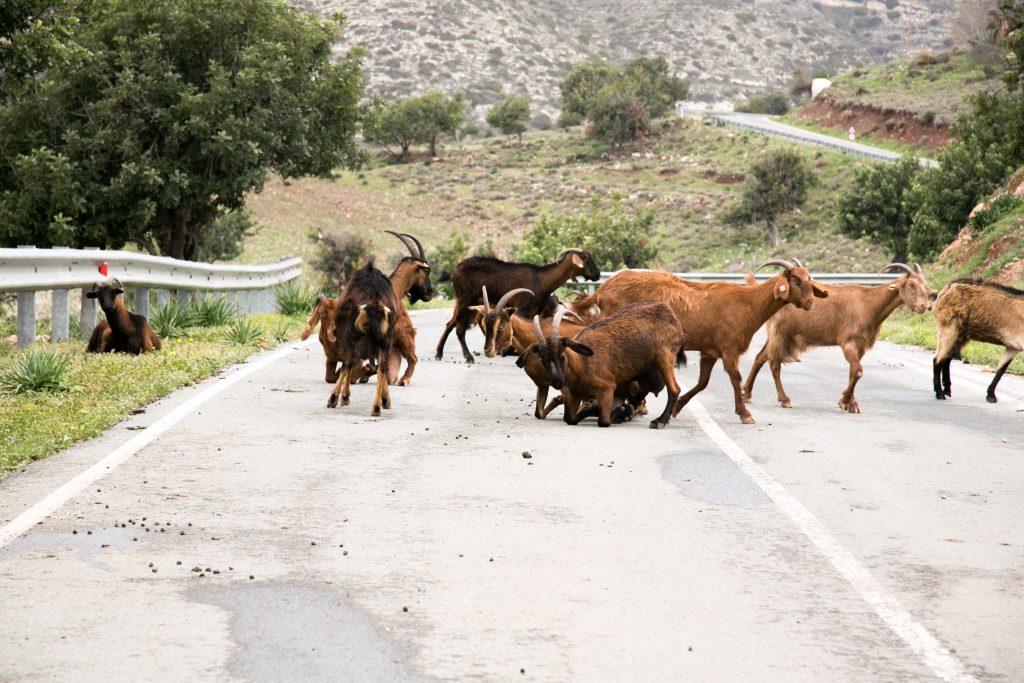
Threats
Disturbance to breeding colonies
There are not many active breeding colonies left on the island. In fact, only one remains active and is found at Episkopi Cliffs in the Sovereign Base Areas, which is a protected site. However, nesting activity is sporadically observed at other sites.There are 6 more areas designated as protected (SPAs) that are crucial to the conservation of the species in Cyprus. These are: Xeros River, Hanoutaris Cliffs, Diarizos Valley, Paramali River, Ha Potami River and Limnatis Valley. In these Special Protection Areas Griffon Vultures used to have breeding colonies in previous years. Therefore, their inclusion in the Natura 2000 network for the protection and conservation of the Griffon Vulture is essential, especially after the population size will increase during the project. In order to ensure that new Spanish individuals and later generations of the species will benefit from these potential breeding sites, there is an urgent need for the development and implementation of an organized and highly strict management plan for these sites. Such a plan will need to consider the needs of not only vulture as a critically endangered species, but also of other endangered and iconic species that occupy these sites. Although Griffon Vultures tolerate human activities near their breeding areas (Donazar et al. 1989), disturbance which can take several forms and can affect the successful reproduction, the feeding activity, behavior, and colonisation of sites. Consequently, any deleterious form of disturbance needs to be largely and correctly managed within these sites and close to breeding colonies, in order to ensure successful reproduction and overall survival of the species.
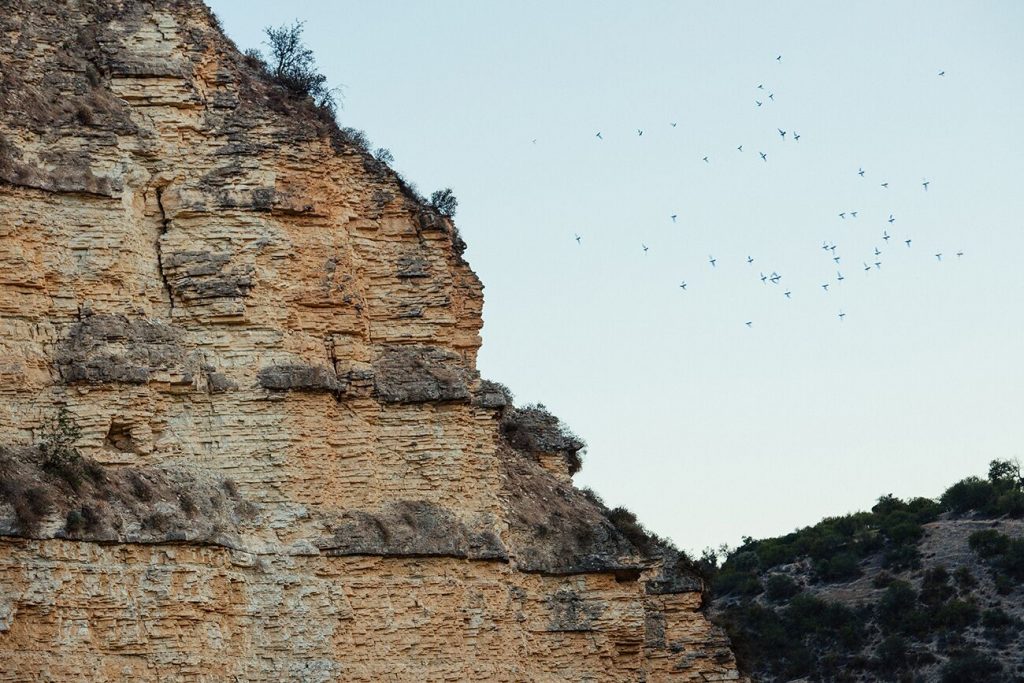
In Cyprus, at the moment, human disturbance is probably limited to some sites, however, the disturbance near sites is not well documented and this is something that needs monitoring as it could represent a limiting factor in the expansion of vulture breeding area and/or in the formation of new colonies.
